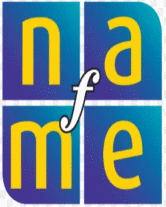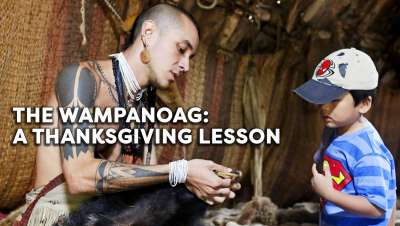Teaching Native American Music
Use this guide to help you address the issues involved when introducing Native American music and culture to your class.
When preparing lessons that incorporate Native American music, teachers shouldkeep in mind several important guidelines for maintaining respect and honor for thismusical culture:
Remember that Native American music is the only music indigenous to the American continents. Other American music, including jazz, was derived from combinations of African, European, and Native American musical styles and forms. (Some Asian influences have occurred in modern popular songs, jazz, and New Agemusic.)
Native American music is not static, but is a living, evolving art form.
Teach music from this culture not as "museum pieces," but rather as part of a centuries-long tradition. In addition to traditional and historical Native selections, teach examples of contemporary Native American music ranging from expanded contemporary to rock, country, jazz, New Age, and symphonic. Treat the music with respect. Do not refer to "weird sounds," "funny voices," or "nonsense syllables." Approach Native American music, dance, and performance as culturally valid; it is different from Western-art music, but not inferior. Point out similarities and differences in styles and forms as one would when comparing Western works of different periods, styles, and genres.
In addition to teaching Native American music as part of a multicultural enrichment unit, use examples from this culture to illustrate musical concepts. Native American music has form, melody, rhythm, timbre, and so on. For example, many songs follow an A-B form, while others follow uniquely Native American forms.
Use Native-made instruments in the classroom rather than imitations. These materials are not prohibitively expensive and may be readily obtained through major general music supply companies and through Native American culture centers and retail dealers. Instruments are usually individually made by a Native artisan rather than mass produced. Each instrument is created as a work of art, not as a toy. Some major distributors of Native-made instruments include Canyon Records and Indian Arts, the Taos Drum Company, and Indian Pueblo Cultural Center.
Seek out Native American performers from the local community to use as resources and performers for music classes. Many publications list tribes, reservations, cultural centers, recreational areas, newspapers, public events, and so on for Native American interest groups in each state. Two major resources for identifying Native American centers are Indian America by Eagle Walking Turtle (Santa Fe, NM: John Muir Publications, 1991) and Discovering Indian Reservations by Veronica Tiller (Denver, CO: Council Publication, 1992).
Visit Native American events and observe music and dance performances firsthand to gain a deeper understanding of the role of music within the culture. Be respectful as a guest of such events: ask permission before photographing or recording, do not join in the singing or dancing unless invited, and refrain from making insensitive comments. Native Americans are proud of their heritage and will always assist the genuinely interested observer in gaining insight into their culture.
Refer to the Native American Pronunciation Guide for transcriptions of Native American lyrics and vocables.
Excerpted from Multicultural Perspectives in Music Education.













